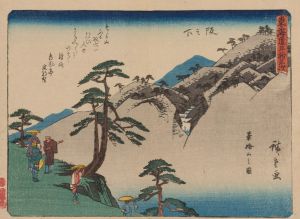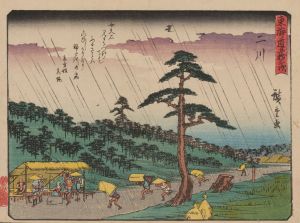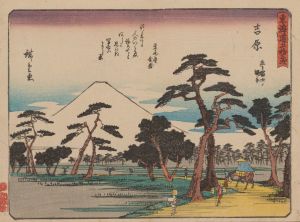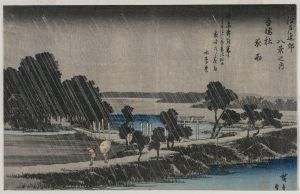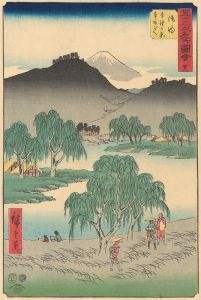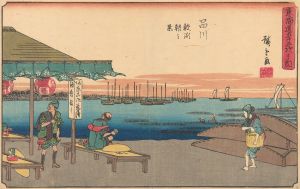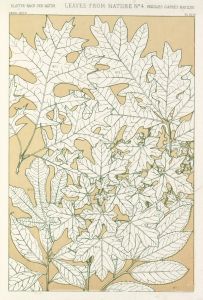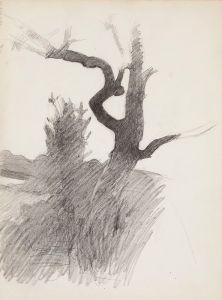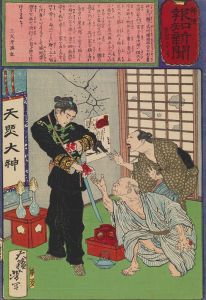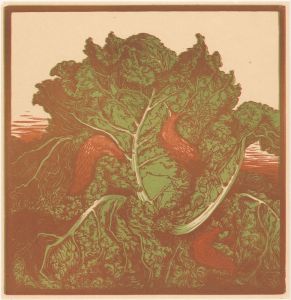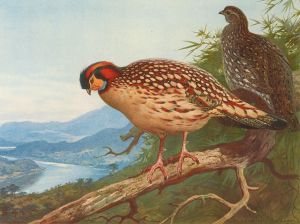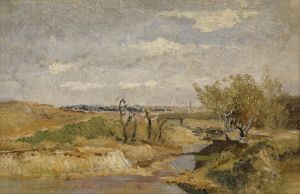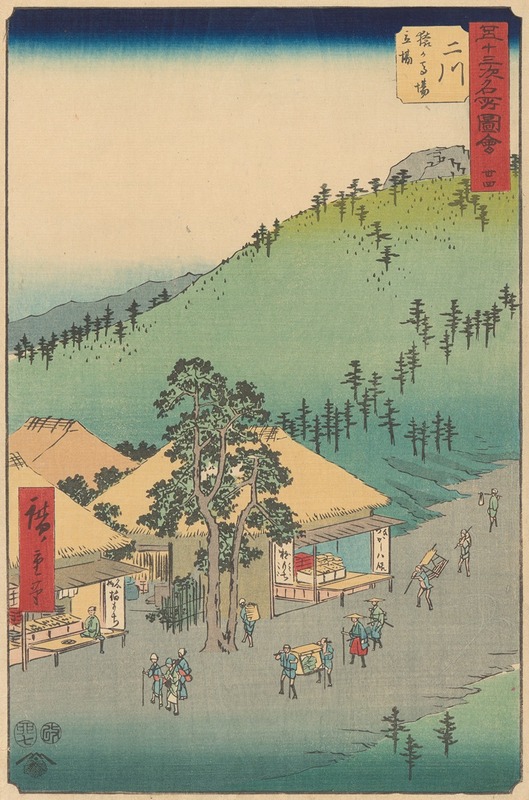
Futagawa
A hand-painted replica of Andō Hiroshige’s masterpiece Futagawa, meticulously crafted by professional artists to capture the true essence of the original. Each piece is created with museum-quality canvas and rare mineral pigments, carefully painted by experienced artists with delicate brushstrokes and rich, layered colors to perfectly recreate the texture of the original artwork. Unlike machine-printed reproductions, this hand-painted version brings the painting to life, infused with the artist’s emotions and skill in every stroke. Whether for personal collection or home decoration, it instantly elevates the artistic atmosphere of any space.
Andō Hiroshige, a renowned Japanese ukiyo-e artist of the Edo period, is celebrated for his landscape prints and series that capture the essence of Japan's natural beauty and cultural life. One of his notable works is the print titled "Futagawa," which is part of his famous series "The Fifty-three Stations of the Tōkaidō" (Tōkaidō Gojūsan-tsugi no uchi). This series, created in the early 1830s, depicts the various post stations along the Tōkaidō road, a vital route connecting Edo (modern-day Tokyo) to Kyoto.
"Futagawa" is the thirty-third station in this series, and Hiroshige's depiction is a testament to his skill in capturing the everyday life and landscapes of Japan during this period. The Tōkaidō road was not only a major travel and trade route but also a cultural artery that facilitated the exchange of ideas and traditions. Hiroshige's series provides a visual journey along this road, offering insights into the scenery and the people who traveled it.
In the "Futagawa" print, Hiroshige illustrates a scene that is both tranquil and dynamic, a hallmark of his style. The composition typically features travelers and locals engaged in their daily activities, set against a backdrop of the natural environment. Hiroshige's use of perspective and color creates a sense of depth and movement, drawing the viewer into the scene. The print captures the essence of travel during the Edo period, highlighting the interaction between humans and their environment.
Hiroshige's work is characterized by its attention to detail and the ability to convey the atmosphere of a place. In "Futagawa," as in many of his prints, he employs a technique known as bokashi, a method of color gradation that adds depth and mood to the scene. This technique, combined with his keen observation of nature and human activity, allows Hiroshige to create prints that are both aesthetically pleasing and historically informative.
The "Fifty-three Stations of the Tōkaidō" series was immensely popular in Hiroshige's time and remains highly regarded today. It not only showcases Hiroshige's artistic talent but also serves as a valuable historical document, providing insights into the culture and society of Edo-period Japan. The series has influenced numerous artists and continues to be studied and appreciated for its artistic and cultural significance.
Hiroshige's "Futagawa" print, like the rest of the series, reflects the ukiyo-e tradition's focus on capturing fleeting moments and the beauty of the world. His work offers a window into the past, allowing contemporary audiences to experience the landscapes and lifestyles of a bygone era. Through his masterful use of composition, color, and detail, Hiroshige has left an enduring legacy that continues to inspire and captivate art enthusiasts around the world.





